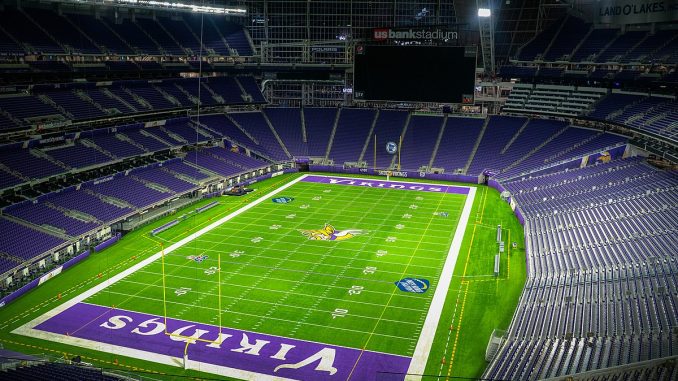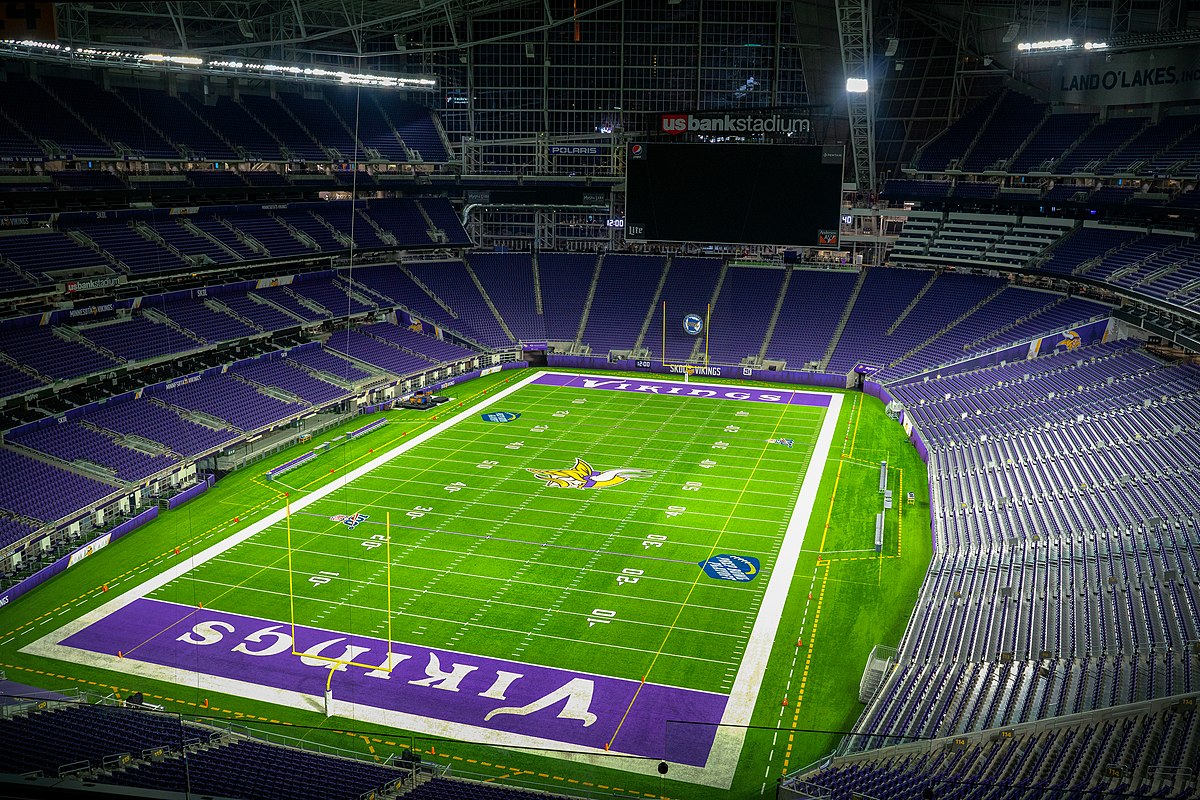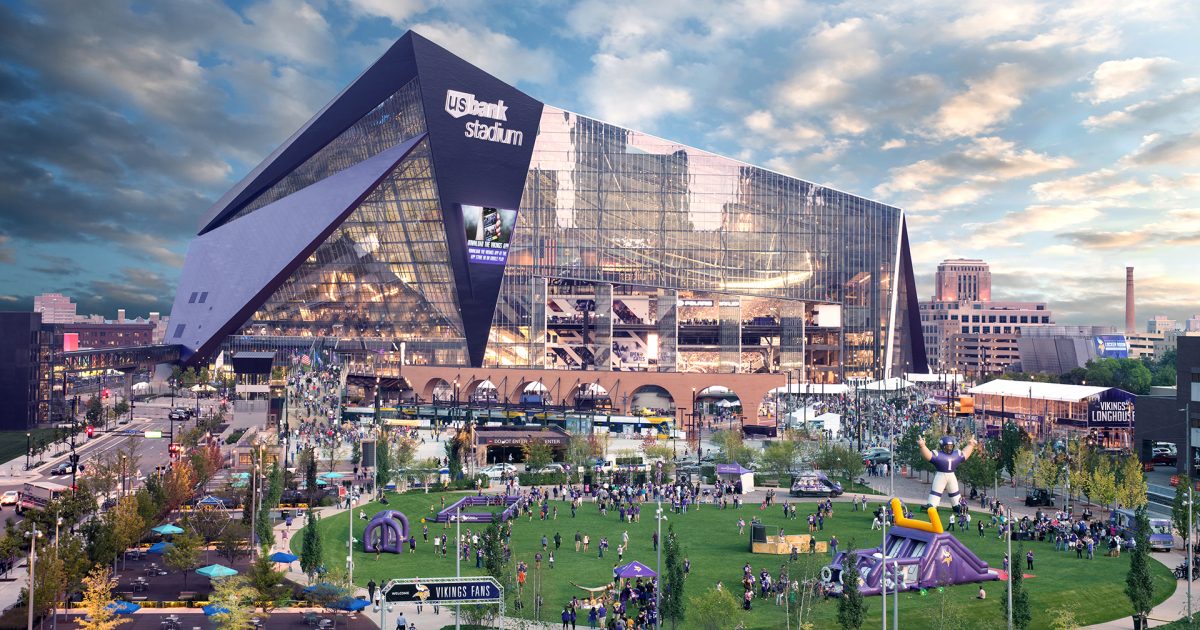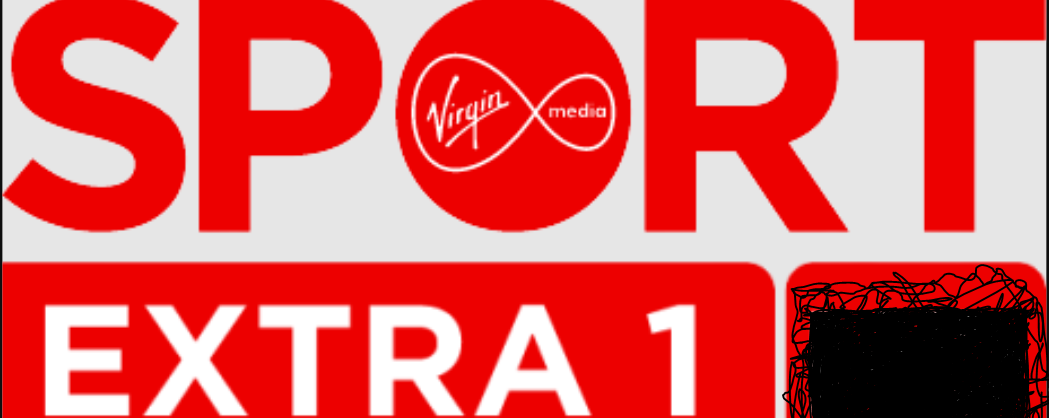

According to the final estimate, the stadium authority will seek more funding from the state. For phase one, the Legislature granted $15.7 million.
According to a report Thursday, the second phase of U.S. Bank Stadium’s upgraded security perimeter is projected to cost $62 million, which the Minnesota Sports Facilities Authority (MSFA) would request from Gov. Tim Walz and the 2024 Legislature.
based in Kansas City At the regularly scheduled MSFA monthly meeting, popular architect Tyler Robertson provided an update with the cost estimate and new detailed graphics of the fortified perimeter. The Minnesota Vikings of the National Football League are the building’s major tenant.
The main purpose of the strengthened perimeter, according to officials, is to meet U.S. Department of Homeland Security anti-terrorism criteria while also protecting persons attending events within the stadium without impeding access or movement. The MSFA also approved replacing the stadium’s synthetic turf for the second time since it opened for the 2016 NFL season.

Chairman Michael Vekich stated that the MSFA does not have the funds to pay phase two of the perimeter, which was initially anticipated to cost $48 million, so it would seek $62 million from the Legislature and Gov. Tim Walz.
“This is an extremely exciting project.” “It really brings the stadium’s vision to life,” Vekich remarked.
The first phase of the strengthened fencing, which includes much of the structure except the main western entrance, is scheduled to be completed in May. The first phase cost $15.7 million, which was paid for by the 2023 Legislature and Gov. Tim Walz.
Vekich stated at the meeting that the fence will allow access to the building while protecting the seven-year-old stadium, a state asset that cost $1.1 billion in public and private funds to construct.
Six-foot temporary chain-link fencing was replaced with permanent eight-foot fencing that cannot be scaled in the first phase. The second phase will be more visible, encompassing the building’s western entrance facing downtown, the light-rail station, the Medtronic plaza, and the skyway connection.
Phase two, according to Robertson, completes the “vision for an inviting outdoor public space that is now the front door for U.S. Bank Stadium.”
In addition to upgrading security access, the designs depicted permanent entry gates open for public access on non-event days and better visibility to “elevate the appearance of U.S. Bank Stadium.”
According to Robertson, the entry would be designed to provide quick, friction-free access during high-attendance events in order to improve fan experience and encourage repeat visits.
The expense is the key question with the second phase of the perimeter. Failure to enhance the perimeter might result in the stadium losing federal Safety Act certification, which could mean losing events, according to Vekich.
Vekich declined to comment on what might happen if the Legislature did not fund the project next year. Construction is set to commence in late 2024.

When finished, the perimeter will raise the stadium’s security level to K12, according to the Department of State’s anti-terrorism threat levels. According to the specification, the barrier can stop a 15,000-pound truck moving at 50 miles per hour, protecting the over 60,000 fans inside during Vikings games.
The north, eastern, and southern sides of the building were first fenced in. It comprises new gates, crash-prevention bollards, and in-ground wedge barriers, in addition to the anti-climb fence.
The MSFA, which manages the state-owned facility on behalf of the public, also selected Act Global of Austin, Texas, to install new turf in early 2024 for $1.3 million. The new grass, unlike the present slit film style, will be monofilament, the preferred choice of the National Football League Players Association, the players’ union.
In an interview, Vikings executive vice president Steve Poppen stated that the new turf provides a “slightly better safety experience.” He and Vekich said the replacement plan began last summer, before standout receiver Justin Jefferson suffered a devastating hamstring injury on Oct. 8 at U.S. Bank Stadium against the Kansas City Chiefs, which sidelined him for the rest of the season.
According to Vekich, the turf has reached the end of its useful life.
The money for the turf replacement comes from an existing MSFA capital account that is provided by both the state and the Vikings for routine stadium maintenance.

This is the second time the grass has been changed at the building, which has hosted eight NFL seasons, soccer, high school football, collegiate baseball, and concerts by Garth Brooks, Taylor Swift, and Metallica.
Poppen also stated that the Vikings intend to install the same artificial turf at their Eagan indoor practice facility at their headquarters. The team will pay for the Eagan turf repair.
The Legislature and Governor Mark Dayton agreed to develop the stadium with the Minnesota Vikings in 2012. The state would pay $348 million, Minneapolis would pay $150 million, and the Vikings’ owners would pay the remainder. The building’s bonds were paid off early this year, more than two decades ahead of schedule.
Vekich stated that the structure must be maintained as a first-class venue, and that here is where state funds are required.
While it wasn’t discussed on Thursday, an MSFA assessment concluded that the building will require $280 million in upkeep over the next decade, which included the initial estimate of $48 million for the next phase of the perimeter.
The grass renovation will take six weeks, requiring the University of Minnesota Gophers baseball team to find a new home for the 2024 season.

Leave a Reply